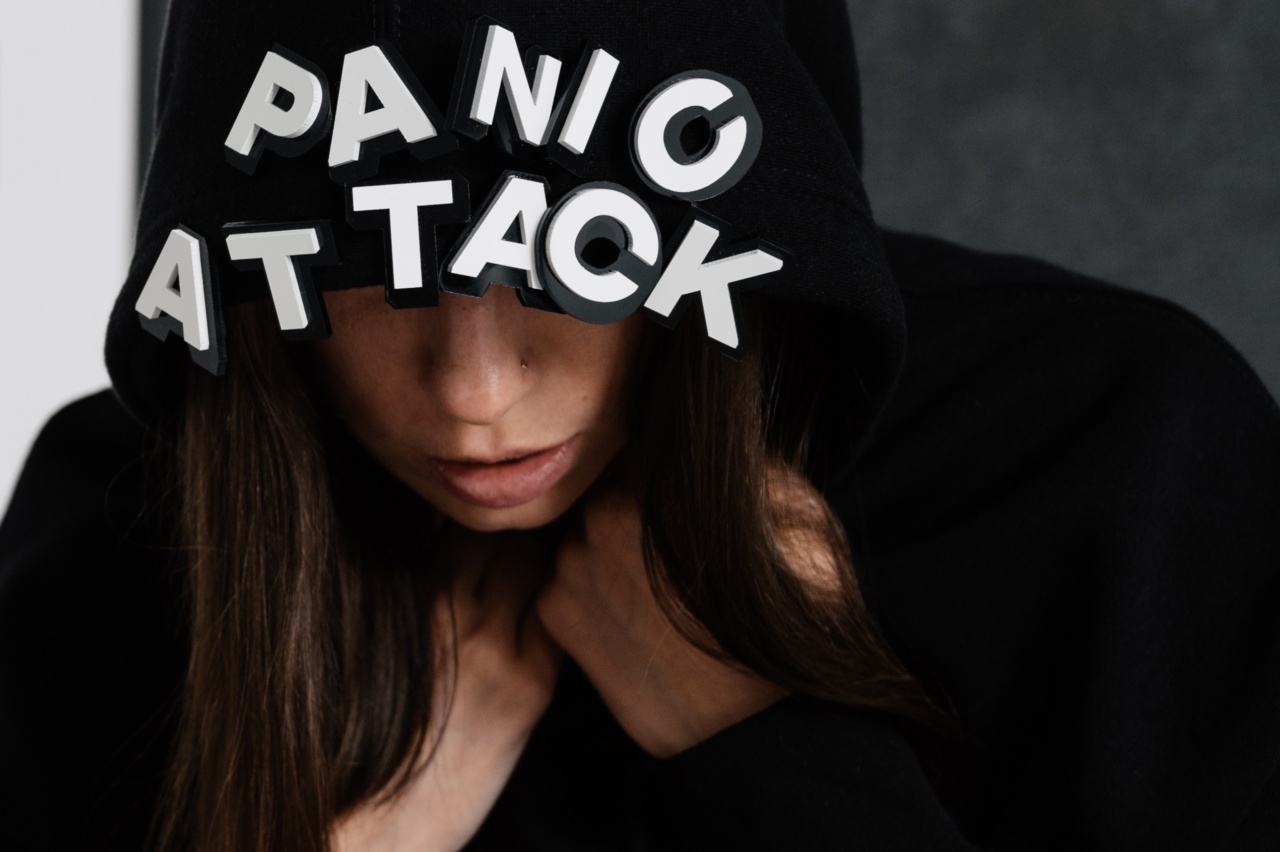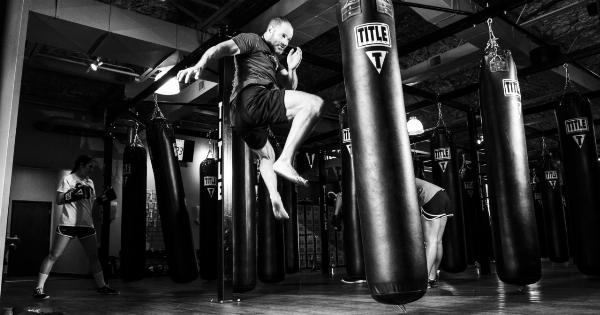Panic attacks can be overwhelming and debilitating experiences that can greatly disrupt a person’s life. It’s crucial to be able to identify the symptoms of a panic attack in order to seek appropriate help and support.
This guide aims to provide you with valuable insights into recognizing panic attack symptoms.
1. Intense Fear or Dread
One of the primary signs of a panic attack is an intense sense of fear or dread. This feeling is often disproportionate to the actual threat or danger present in the situation.
It’s common for individuals experiencing a panic attack to believe that something terrible is going to happen, leading to a deep sense of terror.
2. Rapid Heartbeat and Chest Pain
During a panic attack, your heart rate may increase significantly, causing a rapid heartbeat. This palpitation can be accompanied by chest pain or discomfort.
It may feel like your heart is pounding or racing, which can be frightening and contribute to further anxiety.
3. Shortness of Breath and Hyperventilation
Many individuals with panic attacks experience difficulty breathing or a sensation of being unable to catch their breath.
This is often a result of hyperventilation, which occurs when you breathe rapidly, causing an imbalance in the oxygen and carbon dioxide levels in your body. Hyperventilation can intensify panic attack symptoms and make you feel more anxious.
4. Sweating and Shaking
Excessive sweating and trembling are common physical symptoms experienced during panic attacks.
The body’s natural response to stress or fear is to release sweat, which can occur even if you’re not doing any physical activity or in a warm environment. Shaking or trembling may also accompany these symptoms due to the body’s adrenaline response.
5. Feeling Dizzy or Lightheaded
During a panic attack, it’s not uncommon to experience dizziness or lightheadedness. This sensation can be disorienting and may make you feel unsteady or faint.
It’s important to find a safe place to sit or lie down if you’re experiencing these symptoms to prevent any accidents or falls.
6. Nausea or Upset Stomach
Panic attacks can impact the digestive system, leading to feelings of nausea or an upset stomach.
These gastrointestinal symptoms may be caused by the body’s stress response, which diverts blood flow away from the digestive system and towards vital organs in a fight-or-flight situation.
7. Tingling Sensations or Numbness
Some individuals may experience tingling sensations or numbness in their extremities during a panic attack. This symptom, known as paresthesia, can feel like pins and needles or a tingling sensation throughout the body.
It’s important not to ignore these sensations, as they can further contribute to anxiety and distress.
8. Fear of Losing Control or Going Crazy
People experiencing panic attacks often have a deep fear of losing control or going crazy. This fear stems from the overwhelming emotional and physical symptoms they are experiencing.
Even though panic attacks are not life-threatening, they can be very distressing and create a sense of losing touch with reality.
9. Sensation of Choking or Having a Heart Attack
Some individuals with panic attacks may experience a sensation of choking or having a heart attack. This feeling can be incredibly frightening and often contributes to further anxiety and panic.
It’s important to remember that panic attacks, although they can mimic heart attack symptoms, are generally not life-threatening.
10. A Strong Desire to Escape or Leave the Situation
During a panic attack, you may develop a strong desire to escape or leave the situation you’re in. This response is known as a “fight or flight” reaction and is the body’s way of seeking safety.
It’s important to prioritize your well-being and remove yourself from triggering environments when experiencing a panic attack.
Conclusion
Being able to recognize panic attack symptoms is crucial for seeking appropriate support and treatment.
If you or someone you know is experiencing these symptoms, it’s recommended to consult with a healthcare professional or mental health expert for further guidance. Remember, you’re not alone, and there are effective strategies and treatments available to help manage and cope with panic attacks.






















